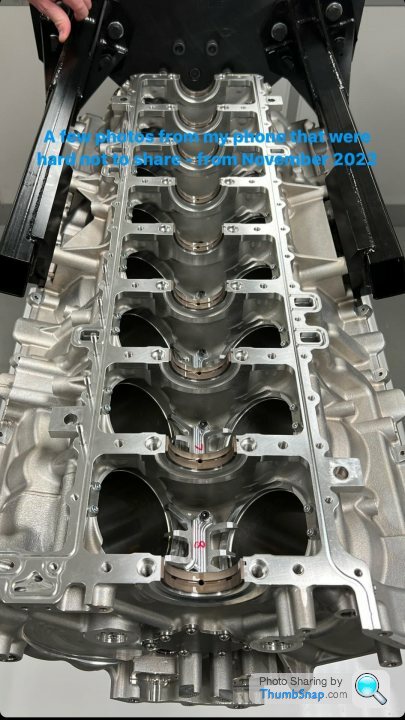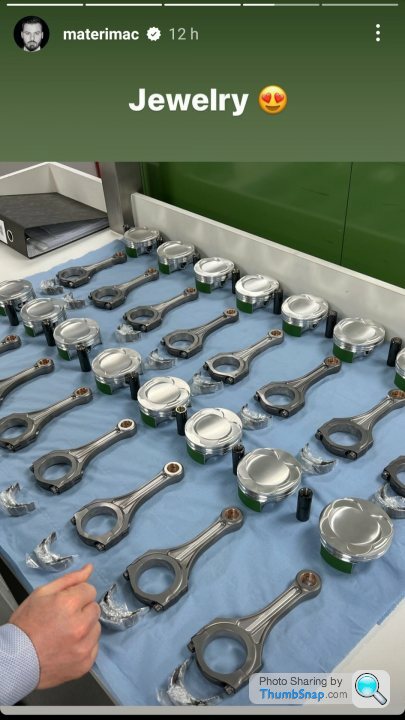vorticism wrote: ↑02 Mar 2024, 16:22
"...battery in the tunnel..." implies MR layout, might also imply no mechanical front axle link and no mid mounted transmission.
Correct. AMuS say the front-axle is electric-only and the gearbox is mounted behind the engine.
They must be saving a lot of weight on the engine, transmission, and cooling side to entertain a target weight of <2t despite adding 24.8kWh worth of reasonably high power-density batteries and 3 electric motors.
gruntguru wrote: ↑03 Mar 2024, 04:41
One has to ask why the 16 cyl layout? Imagine the GMA V12 engine turbocharged. 1000 hp without trying.
"If comparable, it is no longer a Bugatti" — Ettore Bugatti
That motto is printed in big bold letters on their website and in their marketing materials.
They could easily get 1000hp and more from a turbocharged V8 or V12, that would be the sensible option. But it would also be joining in with what everyone else is doing or has done before.
They could also go full EV, for example with an evolved Nevera powertrain.
But an 8.3L high-revving, naturally-aspirated V16 is truly special and unique.
It's exactly the kind of USP you need for a car starting at €3.6m. Power figures alone don't mean much any more with family saloons exceeding 1000hp.
As for the technical perspective, Bugatti obviously wanted to abandon quad-turbos for a hybridized high-revving NA engine. Getting 1000hp out of an NA engine in a manner befitting a 2t luxury sports car requires a large displacement. Splitting 8.3L across 16 cylinders results in the standard roughly 500cc cylinder size. The stroke can also be reasonably short for the 9000rpm redline without enormous bore sizes to achieve the displacement. So there are at least some benefits to using a V16 over a V12 and not just disadvantages (like the enormous overall length, potential torsional vibration issues with the 1m crankshaft, etc).


